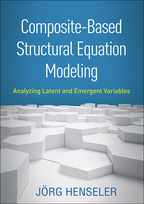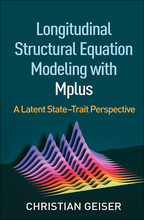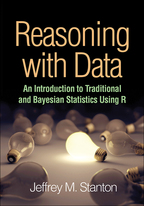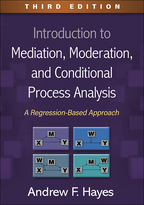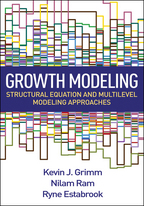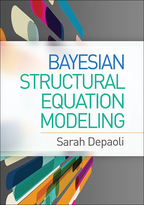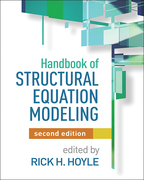Composite-Based Structural Equation Modeling
Analyzing Latent and Emergent Variables
Jörg Henseler
Hardcovere-bookprint + e-book
Hardcover
orderFebruary 12, 2021
ISBN 9781462545605
Price: $78.00 364 Pages
Size: 7" x 10"
Read the Series Editor's Note by Todd D. Little
“This book offers a novel perspective on SEM in which constructs are viewed as composites rather than factors. Explaining the principles and rationales of composite-based SEM, the book provides examples and tutorials using the software ADANCO and the R package cSEM. It will make a great supplementary text for graduate-level courses on SEM, latent variable modeling, and multivariate analysis. It is written in such a way that both beginning doctoral students and experienced researchers can learn a lot from it. Students will get a fresh view of SEM and learn the SEM fundamentals; experienced researchers can use this book as an opportunity to elevate the discussion about SEM.”

—Ge Jiang, PhD, Department of Educational Psychology, University of Illinois at Urbana–Champaign
“Henseler gives an excellent introduction to composite-based SEM, the third member of the SEM family that also includes covariance-based SEM, widely known among researchers in psychology and related fields, and Judea Pearl’s structural causal model, familiar to researchers in epidemiology and medicine. Methods in composite-based SEM offer researchers additional options for modeling, estimating, and testing hypotheses about latent variables, including emergent variables, or proxies for hypothetical constructs analyzed as linear combinations of observed variables. With clear descriptions, numerous examples, and coverage of advanced topics such as moderation, mediation, and importance–performance analysis, Henseler’s book is a great starting point for both students and established researchers seeking to expand their modeling repertoires.”

—Rex B. Kline, PhD, Department of Psychology, Concordia University, Canada
“This extraordinary work on SEM to estimate composite models provides up-to-date explanations illustrated with a range of good examples. The book is 'ambidextrous' in the way it is both student-friendly and rigorous. It will surely make an impact on the SEM community. I plan to use this text in my master's- and doctoral-level SEM courses, as well as in my consulting activities with companies.”

—Jose Benitez, PhD, Rennes School of Business, France; and School of Business and Economics, University of Granada, Spain
—Ge Jiang, PhD, Department of Educational Psychology, University of Illinois at Urbana–Champaign
“Henseler gives an excellent introduction to composite-based SEM, the third member of the SEM family that also includes covariance-based SEM, widely known among researchers in psychology and related fields, and Judea Pearl’s structural causal model, familiar to researchers in epidemiology and medicine. Methods in composite-based SEM offer researchers additional options for modeling, estimating, and testing hypotheses about latent variables, including emergent variables, or proxies for hypothetical constructs analyzed as linear combinations of observed variables. With clear descriptions, numerous examples, and coverage of advanced topics such as moderation, mediation, and importance–performance analysis, Henseler’s book is a great starting point for both students and established researchers seeking to expand their modeling repertoires.”
—Rex B. Kline, PhD, Department of Psychology, Concordia University, Canada
“This extraordinary work on SEM to estimate composite models provides up-to-date explanations illustrated with a range of good examples. The book is 'ambidextrous' in the way it is both student-friendly and rigorous. It will surely make an impact on the SEM community. I plan to use this text in my master's- and doctoral-level SEM courses, as well as in my consulting activities with companies.”
—Jose Benitez, PhD, Rennes School of Business, France; and School of Business and Economics, University of Granada, Spain

